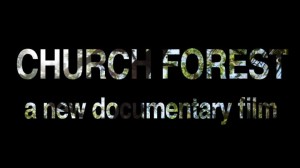
Ethiopia Expedition 2012 – Update #2
Some of our great field team in action during the Ethiopia Church Forest expedition:

Some of our great field team in action during the Ethiopia Church Forest expedition:

Our expedition of 13 arrived in Ethiopia, missing one suitcase and one participant — not a bad track record for travel into these remote places.

The naming opportunity for our new species of bark beetle (Cyclorhipidion “Your Name Here”) was “sold” for a five-figure sum to a couple who believe

Go to http://www.churchforest.com to find out how you can help get this film made. A portion of all money raised for this film will be

Worku Mulat, who has been working with Dr. Lowman and the TREE Foundation to help save the Ethiopia’s Church Forests, writes to say: “Like church

Dr. Neville Winchester, Department of Geography, University of Victoria, British Columbia, Canada V8W 3N5 Alameyuhu Wassie Eshete, Forestry Department, Bahir Dar, EthiopiaMeg Lowman, PAMS, North

Worku Mulat has provided us with an update on work being done on the church forests of Ethiopia. The PDF below is in the native

Between 2200 B.C. and 1900 B.C., the Habur Plains of northern Mesopotamia turned to desert. Evidence exists 3000 years ago Sahara desert was a grassland

Debresena Church forest walls are in progess in Ethiopia, thanks to generous contributions from the global forest conservation community! [nggallery id=30] (photos from Alemayehu Wassie)

Here is some updates on the progress going on to help save the Church Forests of Ethiopia. From De Alemayehu Wassie Eshete: 1. Zahara is